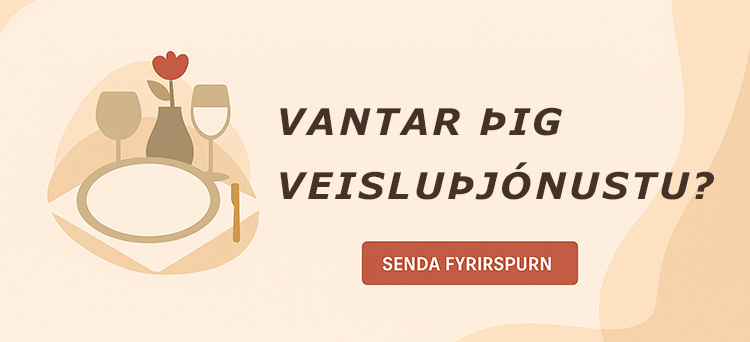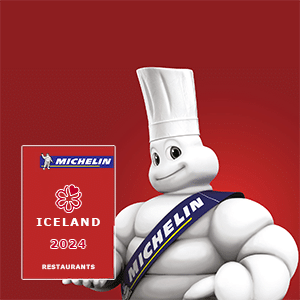Lifid
Lárus Gunnar Jónasson & Þórarinn Eggertsson

The terms „gourmet“ and „Iceland“ have not always gone hand in hand. In a time recent enough for most adult Icelanders to recall, „haute cuisine“ denoted slices of lamb with buttered boiled potatoes and salty brown sauce (with extra lumps for special occasions), washed down with ice-cold Coca-Cola. Restaurants were few and far between and of mediocre quality.
In the 1990s, things began to change. In 1999, tiny Iceland, buoyed by successes in various middle-range tournaments, entered the prestigious Bocuse d’Or cooking competition for the first time. This small nation, whose cuisine at that point was famous for its use of putrefied shark and pickled ram’s testicles, came in fifth and earned a place, albeit a minor one, on the international culinary stage. The country hasn’t looked back. „We get many foreigners who come to Iceland just to dine out,“ says Þórarinn Eggertsson, head chef at the brand new Silfur restaurant at downtown Hótel Borg. „We had a couple who ate here five nights in a row last week and raved about it.“
„Visitors are really surprised about the standard of our food,“ agrees Gissur Guðmundsson, owner of popular Tveir Fiskar and former president of the Icelandic Chefs Association. This positive response is completely different from as recently as a decade ago. „The only fresh herbs then were chives, because they grew in people’s gardens,“ recalls Þórarinn. Vegetables like zucchini or sweet potatoes were non-existent as were gourmand patrons sampling the latest creations.
The influx of fresh fruits and vegetables is not the only change. The success of the Icelandic team at the Bocuse d’Or (Vox’s Hákon Már Örvarsson continued the nation’s run with a bronze medal in 2001) generated a greater interest in the profession. The current president of the Icelandic Chefs Association, Bjarki Hilmarsson, believes that young people are now more interested in becoming chefs. „I think it is very interesting to be a chef; there is good publicity from it,“ he says. Maybe Iceland will soon have its very own Jamie Oliver.
Kicking the Coke Habit
Many of Iceland’s trendiest chefs were only children when the nation’s culinary awakening began. Þórarinn Eggertsson of Silfur was born in 1979. Lárus Gunnar Jónasson, co-owner of the award-winning Seafood Cellar restaurant is only 28 years old. There is a certain cool confidence about these young chefs. Þórarinn happily admits to ordering take-away dinners on his nights off and is articulate about his goals for the new venture at Silfur. He has good reason to be confident; Þórarinn won Iceland’s Chef of the Year competition in 2005 when he worked at the legendary Grillið at Hótel Saga. This year’s winner was Steinn Óskar Sigurðsson, Lárus’s colleague at the Seafood Cellar.
As the culinary experiments grow more sophisticated on this island, so do the restaurants’ clientele. Silfur is catering to a growing market in Reykjavík – fine dining in a modern setting. The crowd there doesn’t buy into the pomp and ceremony of older establishments but seeks the same standard of cooking. So Silfur’s menu features upscale dishes like foie gras with baked figs and crab with mango and lemongrass, while the décor is a New World silver and black scheme and a DJ spins lounge tunes on weekends.
As they continue to dine out in droves, Icelanders are becoming more adventurous with flavours. Chilli, ginger and cumin are now common fixtures on menus, more of a significant development than those from other countries might believe. To the chagrin of some chefs, however, Reykjavíkers still often like to wash their free-range lamb down with a Coke on ice.
The old Viking habits die hard in other respects too. One chef, who asked not to be named, complained that „Icelanders are the toughest customers you can get. They make incredible demands on chefs in Iceland. But at the same time it’s good,“ he concedes, „because they stop us from becoming lazy.“
Pass the Froth
New Icelandic fine dining still takes some inspiration from traditional French cooking. But the strengths of the country are also playing an important role. „We are using more Icelandic ingredients,“ explains Gissur Guðmundsson. „We are looking more to our own roots.“ These roots are in some of the world’s best lamb and freshest seafood. „And when we say fresh, we mean caught yesterday or the day before,“ Gissur reminds me. The roots also include skyr, the yogurt-like dairy product that is so popular it is being sold at certain exclusive stores in the US. It also includes ingredients like fjallagras (Icelandic moss) and crowberries.
These old-fashioned foods are all getting the modern treatment. In addition to his role in the Chef’s Association, Bjarki Hilmarsson is also head chef at Hótel Geysir. He serves traditional Icelandic saltkjöt og baunir (salted meat and bean soup) as a terrine with different layers. At Silfur, Þórarinn takes lamb loins and belly and cooks it at a low temperature for 24 hours. „The meat is like butter,“ he claims. To highlight these flavours, simplicity is the rule. Icelandic chefs like to keep the natural flavours of their main ingredients strong, and use additional ingredients only to complement and not overwhelm.
One way in which the additional features are added is in foam; frothy fixtures appear in many of the city’s top establishments, from foamy cauliflower soup to frothy lobster sauce with fish. In a way, this presentation is a little indicative of the Icelandic psyche. It is straightforward and no-nonsense, letting the natural talents speak for themselves. The foam is like the highlights in 80 percent of Icelandic women’s hair; it’s so commonplace it has become a cliché, sometimes leaving visitors a bit bemused about how strongly one trend can take hold.
Next Stop Michelin
This creativity comes at some expense. More unusual vegetables are very expensive and not always fresh. A lot of the basics – button mushrooms, peppers, carrots, and cucumbers – grow in the greenhouses around the country, but overall availability is still not as simple as elsewhere. Nevertheless, optimism – cynics might call it hubris – remains. Þórarinn proclaims: „We have places that are of Michelin standard.
Reykjavík would definitely have Michelin stars [at some restaurant] except it is very expensive to get the people to come here and try the restaurants.“ Perhaps a Michelin star or two is inevitable. If culinary developments continue the way Icelandic music has stormed the world, or Icelandic companies have bought up chunks of the British and Danish high streets, it shouldn’t be long.
Source: reykjavik.com

-
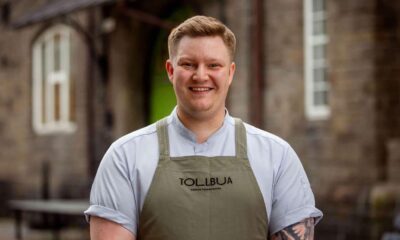
 Viðtöl, örfréttir & frumraun6 dagar síðan
Viðtöl, örfréttir & frumraun6 dagar síðanSAUÐÁ býður upp á Pop up með Michelin matreiðslu
-
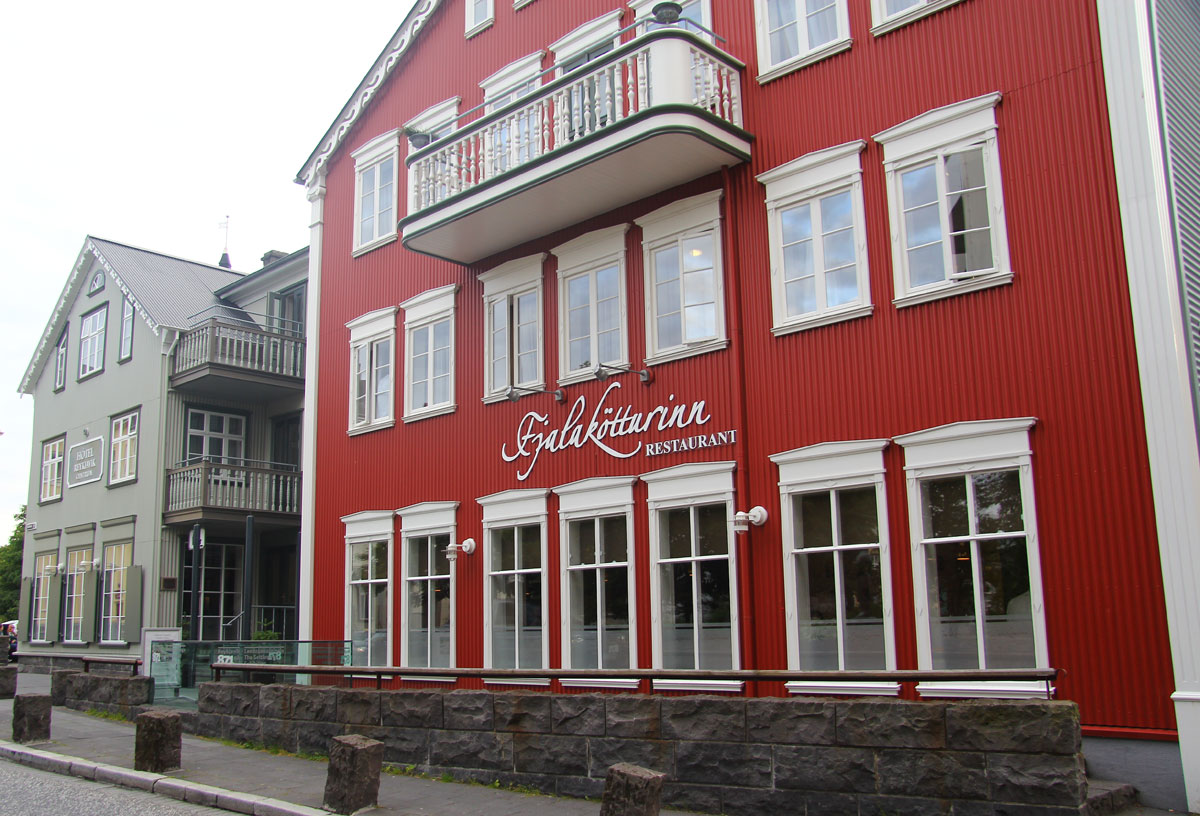
 Markaðurinn4 dagar síðan
Markaðurinn4 dagar síðanBarþjónn óskast í fullt starf hjá Hótel Reykjavík Centrum
-
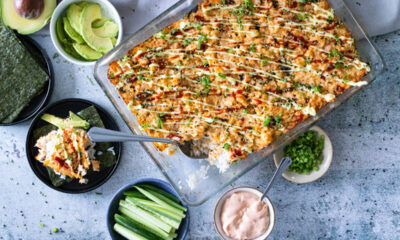
 Markaðurinn4 dagar síðan
Markaðurinn4 dagar síðanSushi í nýjum búningi: Ofnbakað, rjómakennt og ómótstæðilegt
-

 Markaðurinn5 dagar síðan
Markaðurinn5 dagar síðanFullkomið meðlæti eða forréttur: stökkar kartöflur með sósu
-

 Vín, drykkir og keppni4 dagar síðan
Vín, drykkir og keppni4 dagar síðanJim Beam mun stöðva framleiðslu tímabundið árið 2026 í kjölfar minnkandi áfengisneyslu á heimsvísu
-
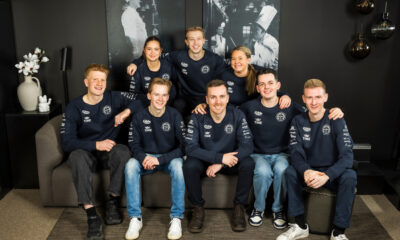
 Keppni5 dagar síðan
Keppni5 dagar síðanNorska kokkalandsliðið kynnir nýtt ungkokkalandslið fyrir Ólympíuleikana 2028
-

 Bocuse d´Or2 dagar síðan
Bocuse d´Or2 dagar síðanKeppnisröð Bocuse d’Or 2026 liggur fyrir, Snædís keppir 16. mars í Marseille
-

 Viðtöl, örfréttir & frumraun3 dagar síðan
Viðtöl, örfréttir & frumraun3 dagar síðanGleðileg jól og farsælt komandi ár, þökkum samfylgdina á árinu


